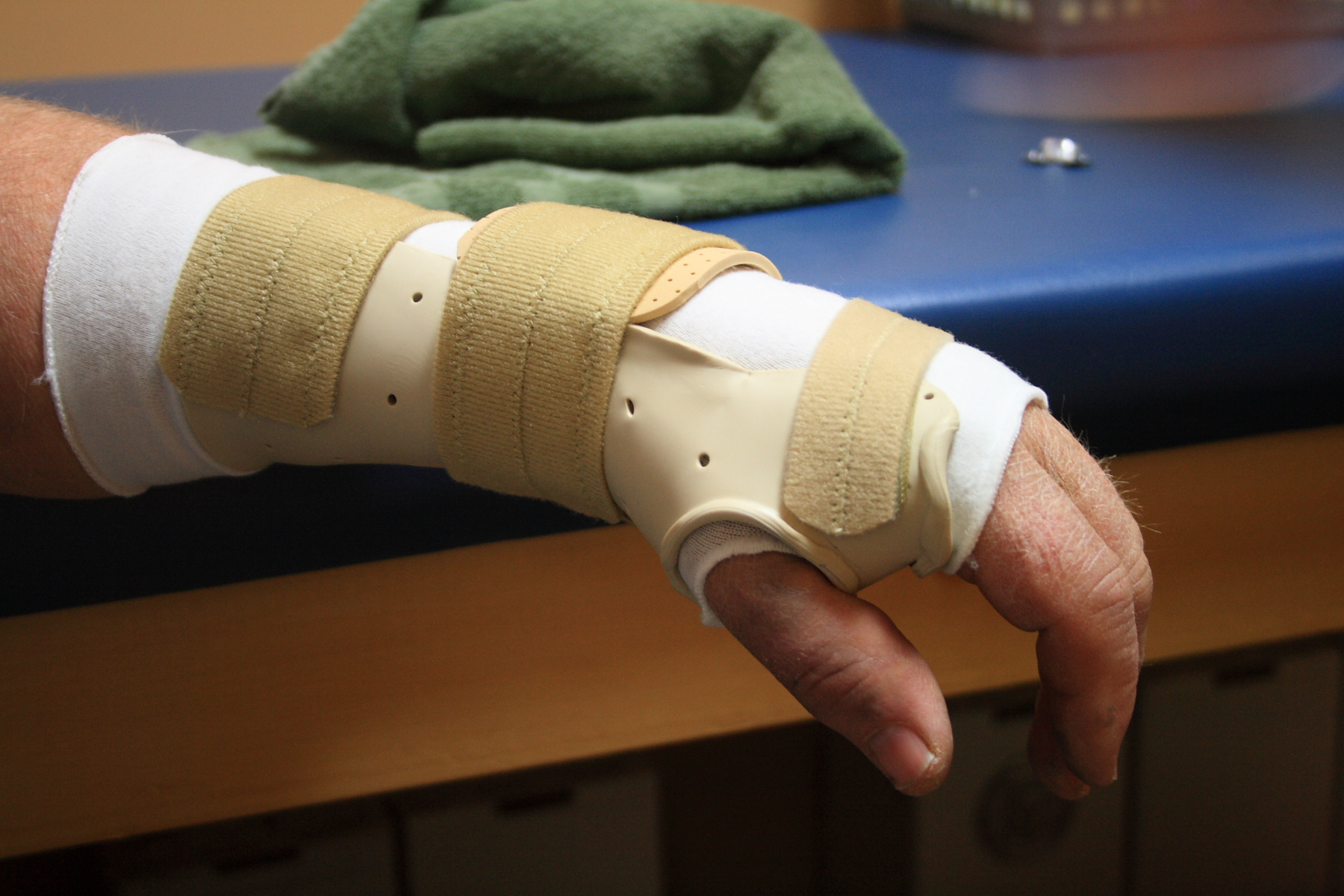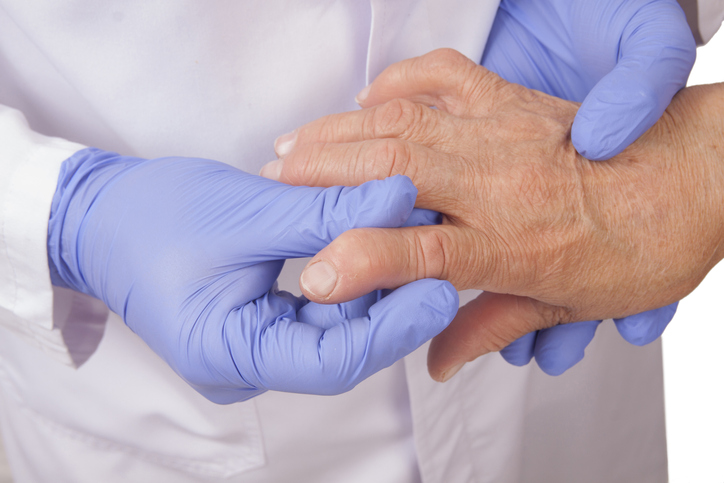Pain
Simple Treatments for Hand Pain

Hand pain is often frustrating as it can interfere with performing daily tasks. Treatments for pain, swelling, and stiffness in the hands include:
Exercises for Hand Pain
Using safe and effective hand exercises is one of the best ways to promote pain relief. Try the following exercises:
Finger Lifts
- Place the hand on a flat surface
- Begin with the thumb and lift it up while keeping the other fingers down
- Return the thumb to the original position
- Do this for each finger
- Repeat with the other hand
Finger Bends
- Bend the thumb towards the palm
- Return the thumb to the original position
- Repeat with the rest of the fingers, moving back and forth
- Repeat with the other hand
Gentle Fist
- Slowly and gently bend the fingers into a fist
- Squeeze slightly then re-open the hand
- Repeat with the other hand
Wrist Stretches
- Extend the left arm in front of the body with the left palm facing down
- Gently bend the wrist until the fingertips point down toward the ground
- Take the right hand and apply gentle pressure on the left hand pushing it toward the body
- Hold for 15-20 seconds
- Repeat on the other side
- Extend the left arm in front of the body with the left palm facing up
- Gently bend the wrist up until the fingertips point toward the ceiling.
- Use your other hand to gently push the fingers back toward the body
- Hold for 15-20 seconds
- Repeat with the right arm
Heat and Cold Therapy
Alternately applying heat and cold to manage hand pain is an effective home remedy. Heat alleviates stiffness, and cold eases swelling. Heat therapy can simply involve washing the dishes in warm water, taking a hot shower or bath or applying a warm compress on the hands. Cold therapy involves placing flexible, frozen gel packs to the affected area.
Over-the-Counter Medication
Non-steroidal anti-inflammatory drugs, NSAIDs, are often effective in reducing hand pain. Be sure to follow the recommended dosage and frequency as overuse of NSAIDs can lead to health complications.
Antirheumatic Medications
If pain in the hands is unresponsive to NSAIDs, then antirheumatic medications may be prescribed. These medications are specifically designed for those with arthritis. Antirheumatics also combat joint breakdown and further deterioration.
Steroids
Steroids are an effective way to negate pain-causing inflammation. Although they are successful in reducing inflammation, they should only be used at doctor-prescribed intervals to avoid other health complications.
Splints
A splint is an easy and natural way to reduce inflammation which, in turn, decreases pain. However, it’s important to use a splint sparingly as consistent use over time can weaken muscles, thereby, increasing pain.






